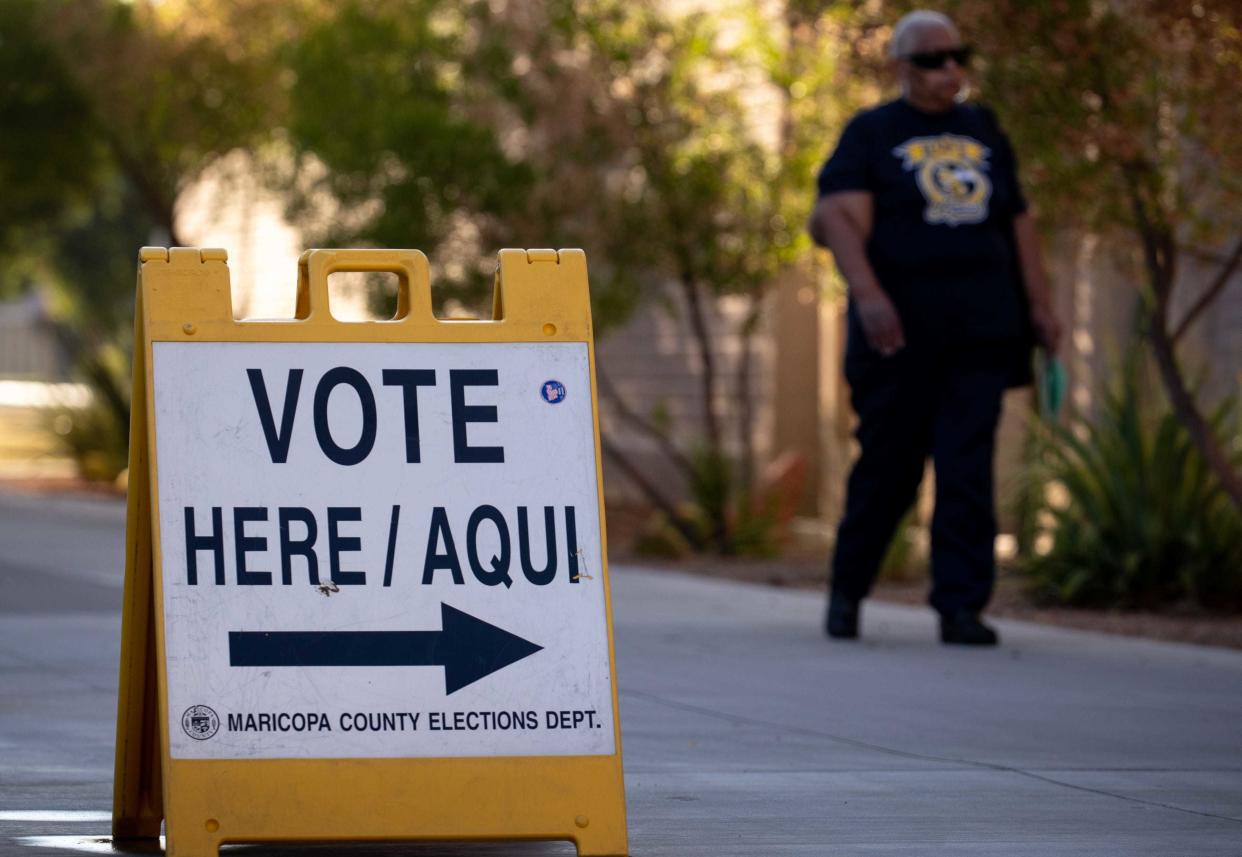School funding is on the ballot across Maricopa County. Here are the basics of bonds and overrides

This election, two dozen Maricopa County public school districts are asking for approval for bond and override measures to increase their budgets.
Most school districts depend on public funds allocated from federal, state or local property tax dollars, but they can ask property owners in their areas for more funds.
Arizona funds its public district schools through a formula based on the number of students and the distance students are transported.
Although school districts have a spending limit, state law allows them to ask voters for extra funding through ballot measures known as bonds and overrides.
Each property owner in the district pays for overrides or bonds via their property taxes, which are based on the value of their property. That amount is not based on fair market value but on limited property value, which the county assessor calculates.
For years, bonds and overrides have been critical for districts to cover salary, capital improvements, maintenance and other costs.
What are school bonds?
A bond is a form of debt that school districts take on.
If approved by voters, bonds are sold to investors who are repaid with interest using local property tax dollars.
Bond funds are used for capital purposes, such as investing in new buildings or facilities, improving existing facilities or purchasing school buses.
Funds that come from bonds cannot be used to pay employees.
Bonds and overrides: Which Valley school districts are seeking funding?
What are overrides?
Like a bond, an override is funded through local property taxes. Unlike a bond, tax money approved through an override goes to the district, not to repay investors.
Maintenance and operations overrides allow a district to increase its total revenue by up to 15% for seven years to pay for operational expenses, such as staff and teacher salaries, student programs, campus safety expenses and extracurricular activities.
District additional assistance overrides bolster capital funding and often help cover technology, books and other equipment expenses.
The idea of overrides is not unique to Arizona, although other states may call these additional funding requests something different.
"The idea that a local community can go above and beyond what the state provides is a common feature of school funding formulas throughout the country," said educational consultant Anabel Aportela. "If the local community wants to provide something extra for their community, they can. So, for example, if you want more sporting facilities at a high school, if you want to provide more extracurriculars for students, all of those things are possible if the community votes on it."
Many Arizona school districts ask for renewal of their overrides because while the costs to operate schools have continued to rise throughout the years, funding for education has not kept up.
And while the state covers the costs of capital project needs, such as a roof repair or air conditioning unit replacement, it doesn't provide enough funds for upkeep and maintenance. That's because schools can only access state facilities funding when buildings are below minimum standards set by the state.
The funding received through these measures decreases by one-third in the sixth year and two-thirds in the seventh year. That's why some districts ask for the renewal of their overrides before they expire.
When districts request the renewal of an override and say they are not asking for an additional tax, they mean that property owners wouldn't pay more than what they paid in previous years if the measure passes.
Where can I find more information about the financial impact on me?
Property owners can get a ballpark sense of their tax liability related to a bond or override by reading their school district's voter information.
Each school district produces an informational pamphlet ahead of the election when they have requested ballot measures. These pamphlets lay out the estimated annual and monthly costs of these measures to taxpayers. The voter guides for all school district funding measures can be found on the Maricopa County Superintendent of Schools' website: https://schoolsup.org/bond-and-override-elections.
In addition, Valley voters also can check the limited value of their property on the Maricopa County Assessor’s Office website: https://www.mcassessor.maricopa.gov/.
Renata Cló is a reporter on The Arizona Republic's K-12 education team. You can reach her at rclo@arizonarepublic.com, follow her on Twitter @renataclo and join the conversation in our Facebook group: https://www.facebook.com/groups/arizonaeducation.
Support local journalism. Subscribe to azcentral.com today.
This article originally appeared on Arizona Republic: How bonds and overrides help fund Arizona public schools

